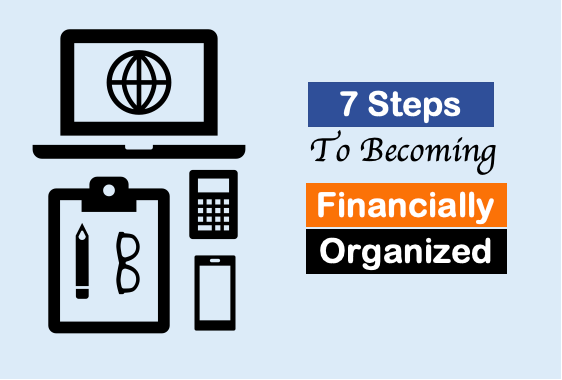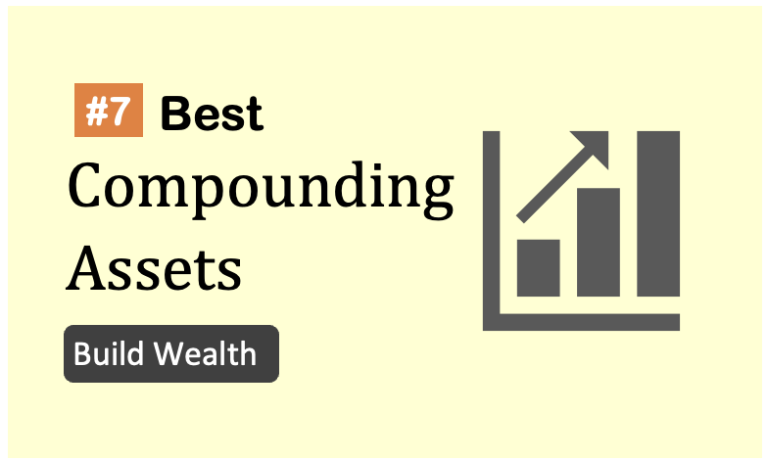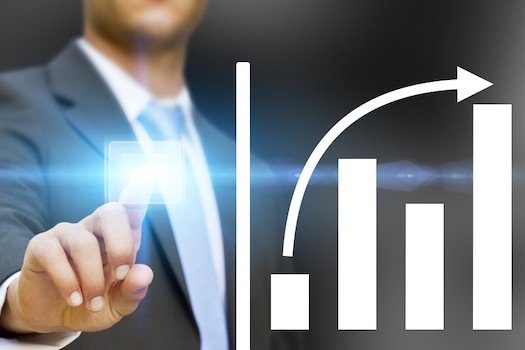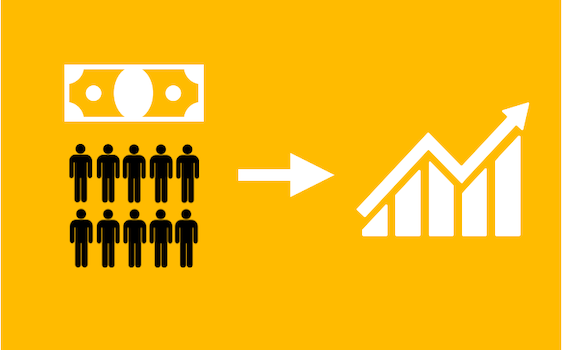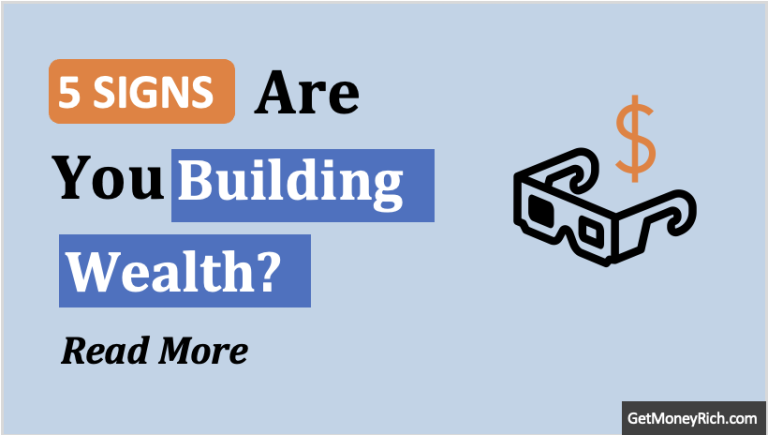Debt is a tricky thing. Some people see it as a tool to build wealth, while others warn against it, saying it can lead to financial trouble. Robert Kiyosaki, the author of Rich Dad Poor Dad, is a famous example of someone who uses debt to build his wealth. But before you rush to take loans like him, let’s break down how he handled debt. We’ll also analyze why debt not a good idea, and how it can sometimes lead to financial instability.
What is the situation of Robert Kiyosaki’s now? He has accepted that he is carrying a debt of $1.2 billion. What he does with this debt? He leverages these loans to invest (buy) asset like real estate, silver, and gold. His strategy, while deliberate, carries risks as he relies on significant returns to sustain debt. Financial instability is plausible without continuous success. I’ll share with you what I think about using leverage to buy investments? What I do? I prefer to stay debt free.
Topics:
Kiyosaki’s Justification for so much debt
Robert Kiyosaki carries $1.2 billion in debt as part of a strategy to leverage non-recourse commercial debt for wealth-building through real estate investments. This type of debt is tied to income-generating assets, like apartment complexes, where the lender’s claim is limited to the property itself, not Kiyosaki’s personal assets.
He uses debt to amplify returns, as borrowing allows him to control larger assets than his equity alone would permit.
The rental income covers debt repayments while tax benefits like depreciation enhance profits.
If the investments fail, the bank bears the primary risk, illustrating his statement: “It’s the bank’s problem, not mine.”
1. Robert Kiyosaki and His Debt Strategy
Robert Kiyosaki talks a lot about using debt to get ahead in life.
According to him, good debt is when you borrow money to buy assets. These assets in turn will make you more money. A few examples of such assets are real estate, businesses, stocks etc.
He believes debt, when used wisely, can multiply your wealth over time.
Kiyosaki says that wealthy people use debt to grow, while the middle class and poor avoid it.
But there’s a huge catch to this philosophy.
Kiyosaki has shared his personal experience with debt. He once took on massive amounts of debt to invest in real estate. At one point, he had more than $50 million in debt. This is because he believed in using borrowed money to buy properties that would generate cash flow. This cash flow will allow him to pay off the debt while still making a profit.
Now, here’s the tricky part.
- First, generally new properties do not generate enough cash flow. The generated cash flow is often so low that not even 30% of loan EMI can be paid-off from it.
- Second, what Kiyosaki doesn’t often highlight in his books is how risky this approach can be. In the 2008 financial crisis, Kiyosaki’s real estate empire took a huge hit. As property values fell, the debt he had accumulated became a burden. He struggled to pay the loan EMIs and almost lost everything.
This is a big lesson in why using debt can sometimes lead to instability.
2. Why Debt Isn’t Advisable for Most People
Here’s what I think people should know about debt. Excess debt is a dangerous tool (like a gun) which is not for everyone to handle. .
Kiyosaki had a clear plan and the resources to manage risks associated with excess debt. But most people don’t have this privilege.
If you’re starting with limited money, using debt can be dangerous. Why? Let’s know more.
- High Risk of Loss: If things don’t go as planned, you may not have enough to pay back the loan. If you’re investing in something like stocks or real estate, a small market change can cause your investments to lose considerable value in quick time.
- Interest Payments Add Up: Debt comes with interest, which means you don’t just pay back what you borrowed, but more (EMI = Principal + Interest). Even if your investment makes money, it must be enough to payback both the principal and the interest. Is it possible? I’ve still not seen an investment generating enough cash flows that can payback the full EMI.
- Stress and Anxiety: Having to manage loans, especially if you’re not sure you can pay them back, can cause a lot of stress. This anxiety can lead to poor decisions, impacting both your mental and financial health.
3. Debt and Financial Instability
When people take on too much debt, they put themselves at risk of financial instability.
Kiyosaki’s story is a reminder that, while debt can work for the rich and those who know how to manage it, it often leads to problems for those who don’t have the same experience or resources.
The Indian middle class, for example, is often encouraged to take out loans for things like buying cars, homes, or even investing in business ventures.
However, when income isn’t stable, or the business doesn’t generate as expected, the debt becomes a heavy burden.
This is why many people find themselves trapped in cycles of debt, paying interest while struggling to keep up with their bills.
4. The Safe Way to Handle Debt
Instead of rushing to take loans, it’s better to approach debt cautiously.
Here are some tips to handle debt safely:
- Avoid Unnecessary Loans: Don’t borrow money unless you have a clear plan to pay it back. For example, taking a loan to buy a car or phone might seem exciting, but taking loan to accumulate liabilities is a bad financial decision. Taking debt to buy an income generating asset can still be accepted. But again, excess debt must be avoided.
- Focus on Building Savings: Before you think about borrowing, build an emergency fund. Having savings means you don’t have to rely on debt when life throws unexpected challenges your way.
- Invest Slowly and Wisely: Instead of using debt to invest in risky ventures, focus on low-risk, long-term investments like debt mutual funds, index funds, or blue chip stocks. This way, your wealth grows steadily, without the stress of owing large amounts of money.
- Pay Off Existing Debt: If you already have loans, prioritize paying them off (check this loan prepayment calculator). The sooner you get rid of your debt, the sooner you can focus on building wealth without the burden of interest.
Conclusion
Kiyosaki’s experience with debt teaches us one important thing: debt is a tool. But it’s not a tool that should be used lightly.
For most people, especially those without a substantial savings or large financial cushion, relying on debt can lead to instability.
Kiyosaki’s strategy worked for him because he had a clear plan and enough resources to handle the risks. But for the average person, it’s better to approach debt with caution and focus on building wealth slowly and steadily.
When you’re just starting your financial journey, it’s better to build strong financial habits first — save money, invest carefully, and avoid taking on debt unless absolutely necessary.
So, before diving into debt like Kiyosaki, take a step back and think about whether it’s the right move for you.
If you found this article useful, please share it with fellow investors or leave your thoughts in the comments below!
Have a happy investing.

